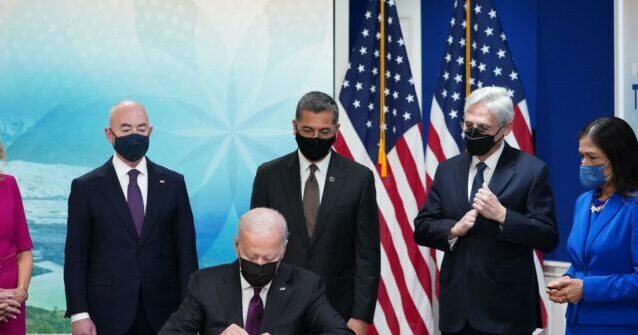

The Inflation Reduction Act of 2022 includes a massive expansion to a little-known loan guarantee program available to Indian tribes, a change that has nothing to do with deficit or inflation reduction.
Under current law, the Department of Energy is authorized to guarantee up to 90 percent of the unpaid principal of a loan made to Indian tribes for energy development. Existing law caps the amount that can be guaranteed at $2 million.
The Inflation Reduction Act removes the first limit altogether, so there is no longer any requirement that a lender have “skin in the game” in the loans. This means that the U.S. taxpayer, rather than the financial institution making the loan, would be on the hook for any losses.
Economists consider risk-retention by lenders to be a crucial check on loan quality. Several federal laws, including the Dodd-Frank Act financial reforms passed in the wake of the 2008 financial crisis, require banks to retain mortgage risk on their loans. The Inflation Reduction Act removes this safeguard.
The bill increases the risk to taxpayers even further by increasing the amount that can be guaranteed from $2 million to $20 million, a tenfold increase.
The guarantee program is not linked to the bill’s goals of deficit reduction, inflation reduction, or climate change. The loans made under the program need not support renewable energy and are instead aimed at fostering “tribal independence.”





